Tinkertown MuseumRoss and Carla Ward
Extant
121 Sandia Crest Road, Sandia Park, 87008, United States
Tinkertown Museum is open to the public Friday to Monday from 10am to 4pm. They are closed for the winter November to March. Visit the website for more information.
About the Artist/Site
Ross Ward was born in Aberdeen, North Dakota, an only child who always loved making things. Going to watch the Saturday matinee western movies whenever possible, and spending much time in the local library looking at picture books about the Old West, the young boy drew and painted “Wanted” posters and built miniature western scenes out of cardboard, modeling clay, and Lincoln Logs. As he wrote in his book I Did All This While You Were Watching T.V., “Magazines from the ‘20s taught the kid from the ‘40s about the world of the 1850s.”
His said that his life was forever changed when he was six years old and the Ringling Brothers Circus came to town. Because he was always painting and drawing, his parents had expected that he would become an art teacher, but he later recounted that as soon as he saw the wild animals painted on the side of the circus’s semi-trucks, he was “hooked.” This predilection was intensified after a trip with his father to Knott’s Berry Farm in California in 1949, a roadside attraction that seems to have been particularly significant for young boys during mid-century.
After graduating from high school Ward began working at a local roadside attraction and then, after two years in the army, in the early 1960s launched his career working for carnivals and circuses, painting banners and advertisements for the side-shows. At the same time, he began carving what he called his “Folk Art Village,” miniatures that he would display wherever the circus stopped. He traveled from Texas to Florida with the circus; visiting New Mexico during one of these journeys and working at the State Fair in Albuquerque, he decided to adopt this state as his home.
Around 1967 Ward, his wife Sandra and their son Jason and daughter Tanya (the writer who years later published the memoir Leaving Tinkertown [University of New Mexico Press, 2013]) moved to a five-room cabin on the road to the Sandia Crest. Ward continued to paint for carnivals as well as for local businesses; several paintings remain extant at the Mine Shaft Tavern/Theatre in Madrid, New Mexico, among many others in the area. He also continued to carve, over the next 35-40 years creating thousands of figures as well as the context in which his figures would have lived: drinkers in a saloon, locals in a Native American trading post, buyers and sellers in a general store. There was also a hotel, a pharmacy, and a blacksmith shop. The faces of his tiny whittled people were expressive, and the background was always intricately detailed.
Around 1983, Ward and his second wife Carla – who he had met and married in 1980 – decided to open Tinkertown as an attraction behind the family home. As a sign on the property reads, “Tinkertown was begun as a hobby in 1962. It was not intended as a public display, until your interest helped build ‘our museum!’” Ultimately 22 rambling, winding, organically-shaped, maze-like, and multi-leveled rooms built out of cemented rocks and found objects would house the miniature scenes. The carvings that he had begun as his “Folk Art Village” were enhanced – and in some instances, even overshadowed – with innumerable found objects, as Ward was an insatiable collector. He remained particularly interested in the culture and legends of the Old West, and his finds included old harnesses, tinware, stoves, farm equipment, weathered wood, wagon wheels, old signs, vintage toys, tools, arcade games, wedding cake couples, and much more. A 35-foot-long boat that Carla’s brother Fred sailed around the world over ten years complements a 1940s circus exhibition, the “Boot Hill Cemetery,” and an animated western village that extends for over sixty feet. Feeding quarters into the displays animates Ward’s dioramas, including god and the devil fighting for souls while being serenaded by a skeletal mariachi band, the old-time fortune teller Esmeralda, the one-man-band Otto, and many others. Bottles recuperated from the ditches and the dump became so numerous that bottle fences turned into bottle walls, and were ultimately incorporated into every part of the museum, providing a sense of visual continuity throughout and around the property. The most recent count is 51,000 bottles of all shapes, colors, and sizes; the structures also include “20 tons of rock & cement..30 years of wood-carving & collecting [and are] dedicated to us all & the multiple paths of all life.” The Tinkertown Museum was constantly a work in process.
The first year the museum opened it welcomed 943 visitors; in recent years it has not been uncommon for them to host 20 – 24,000 from all over the world. After Ward’s diagnosis with Alzheimer’s in 1998 and death five years later, widow Carla, his partner and co-founder, continues to open the museum each season. It is generally open April through October, after payment of a small entrance fee. Group rates are available; call in advance. There is also a gift shop with thousands of “wacky and wonderful” objects, including some carved and painted by Tinkertown staff.
~Jo Farb Hernández, 2014
Contributors
SPACES Archives Holdings
35mm slides
Map & Site Information
121 Sandia Crest Road, 87008
us
Latitude/Longitude: 35.1691237 / -106.3671434
Nearby Environments


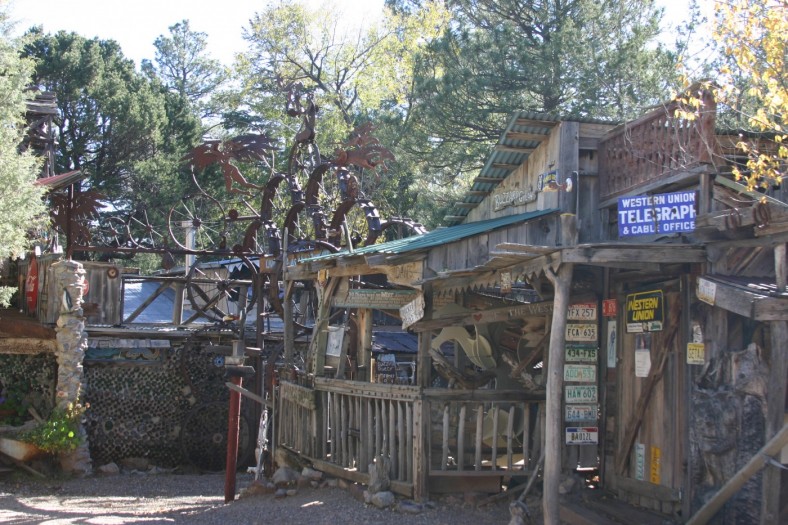
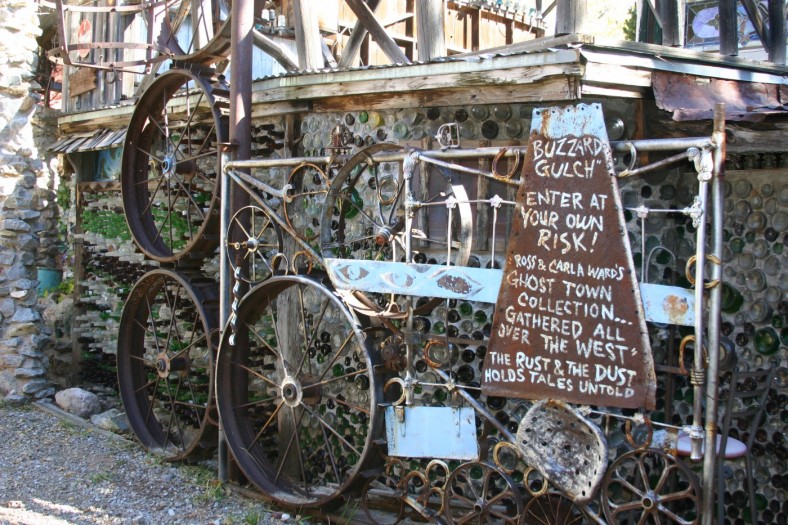
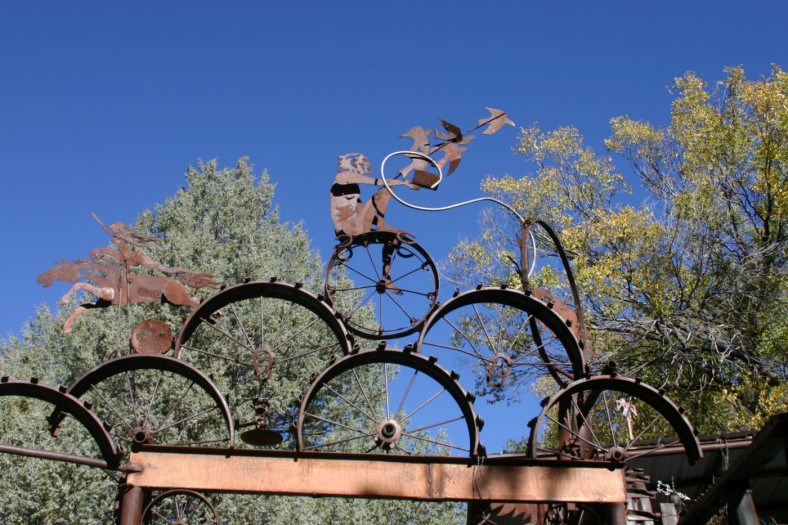

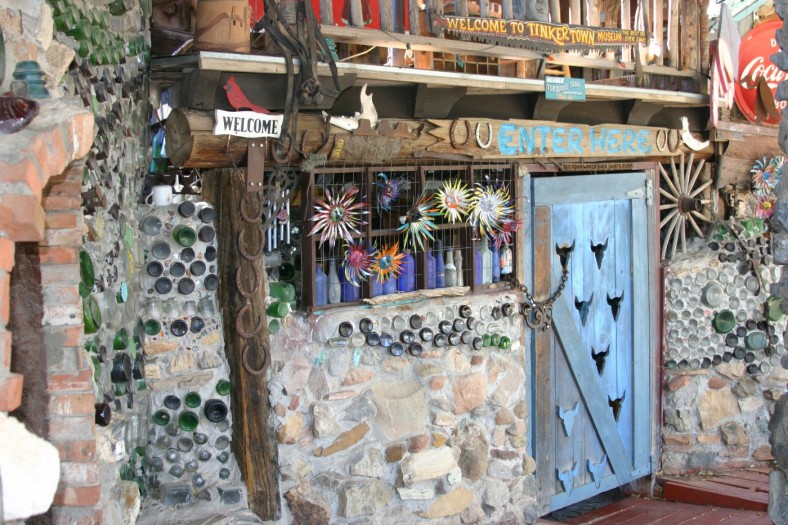

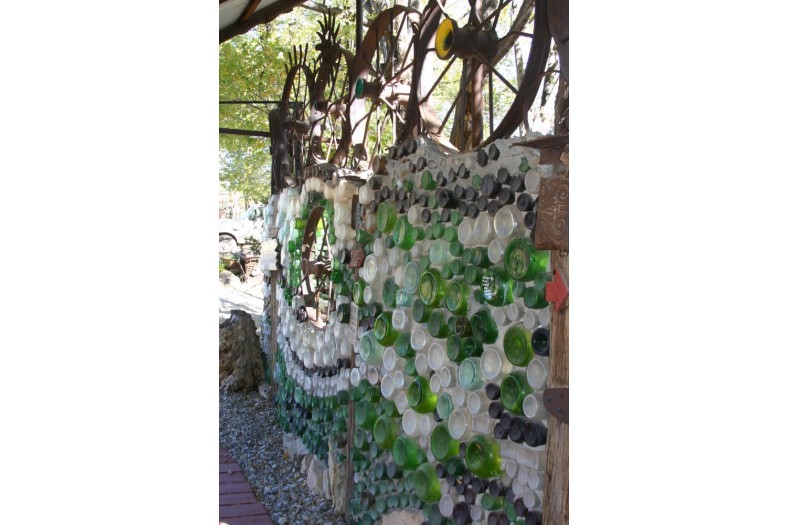
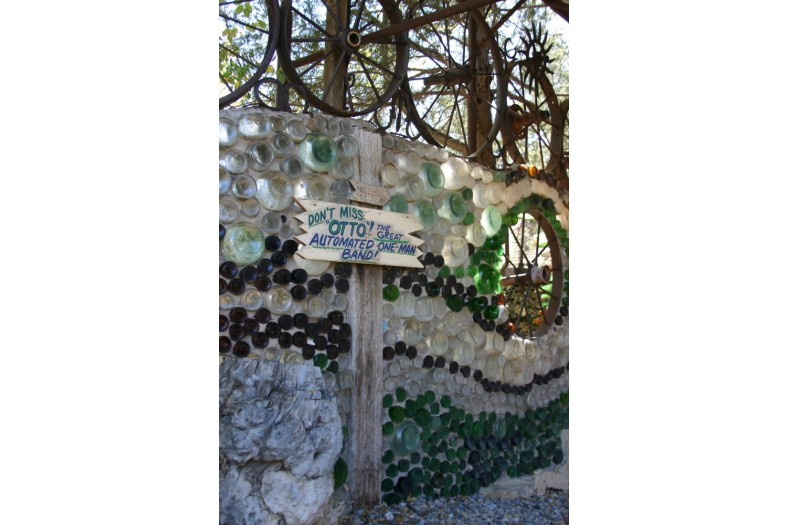
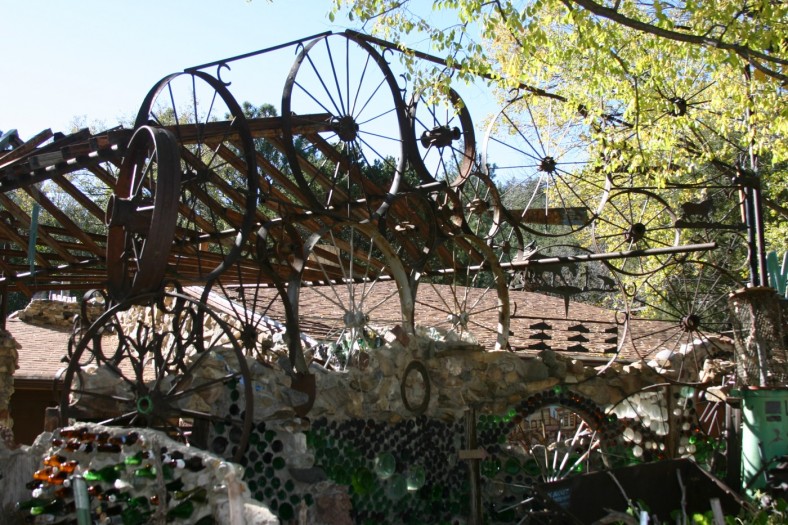
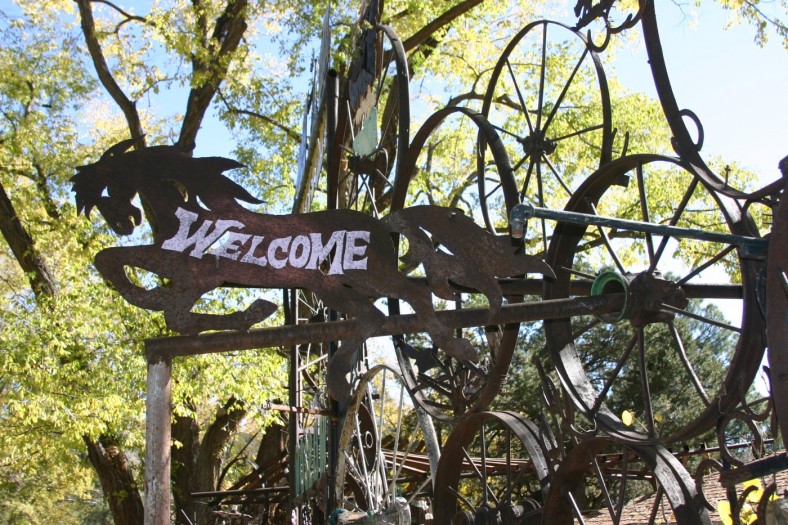
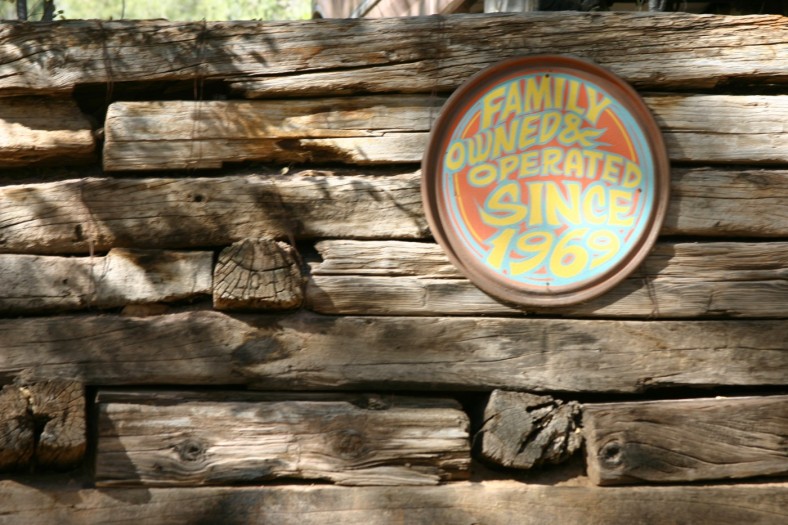
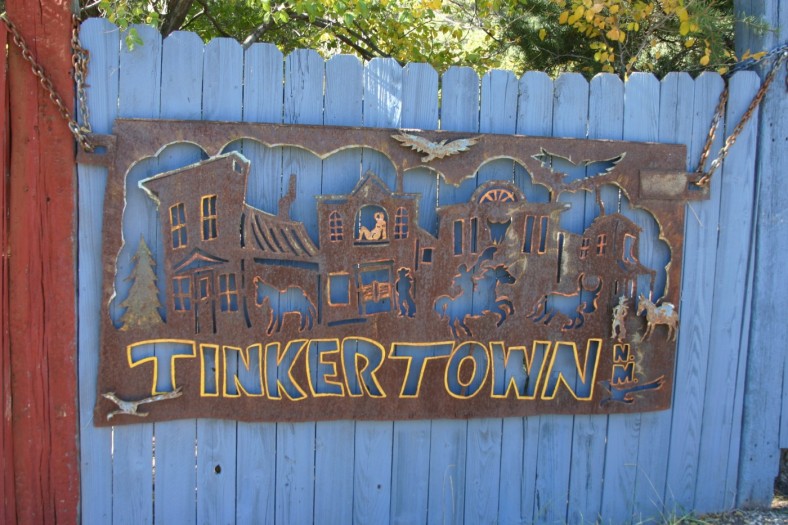
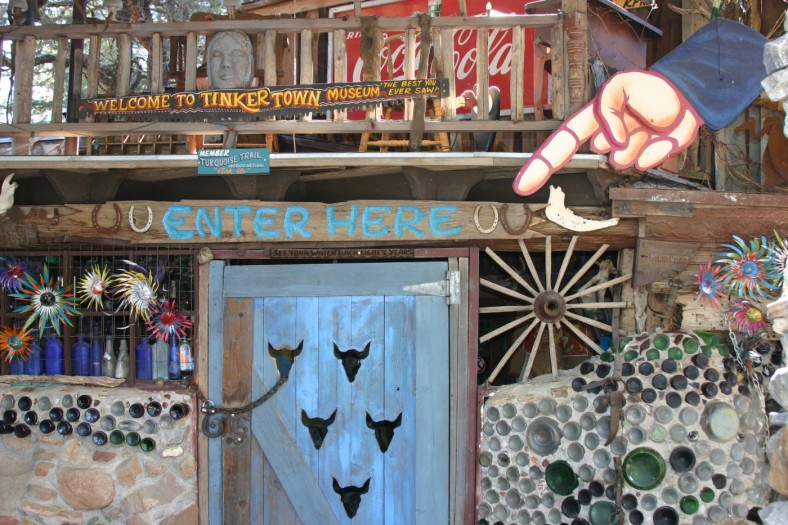

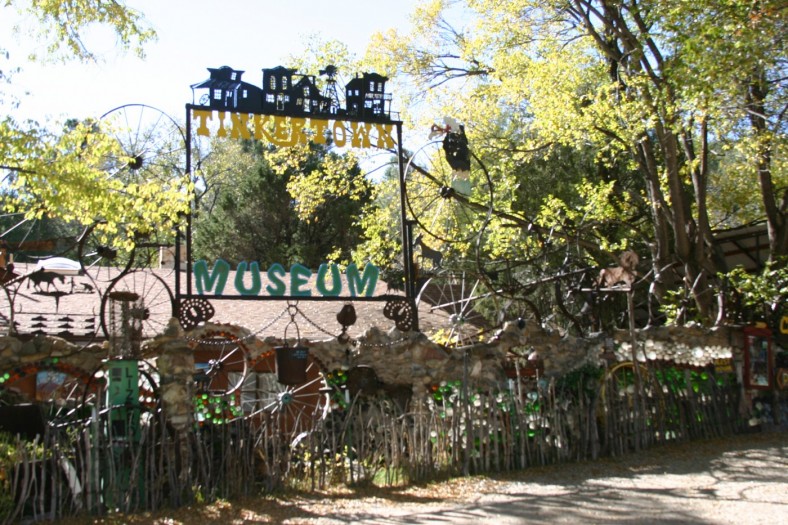
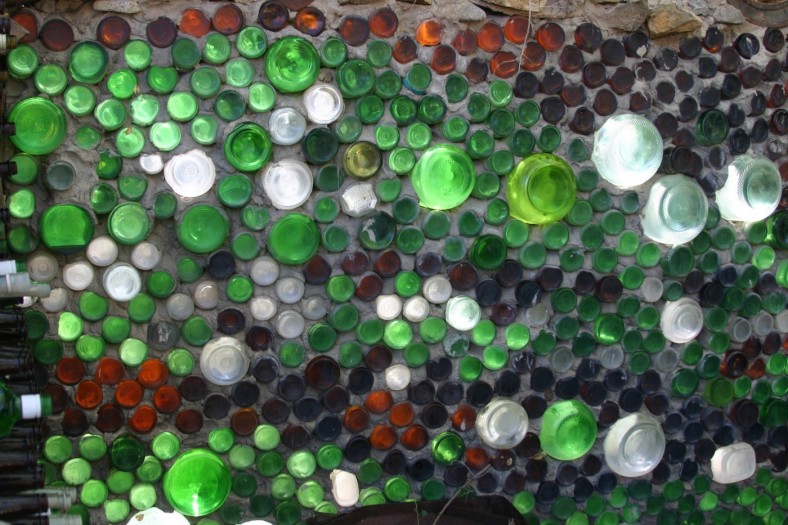
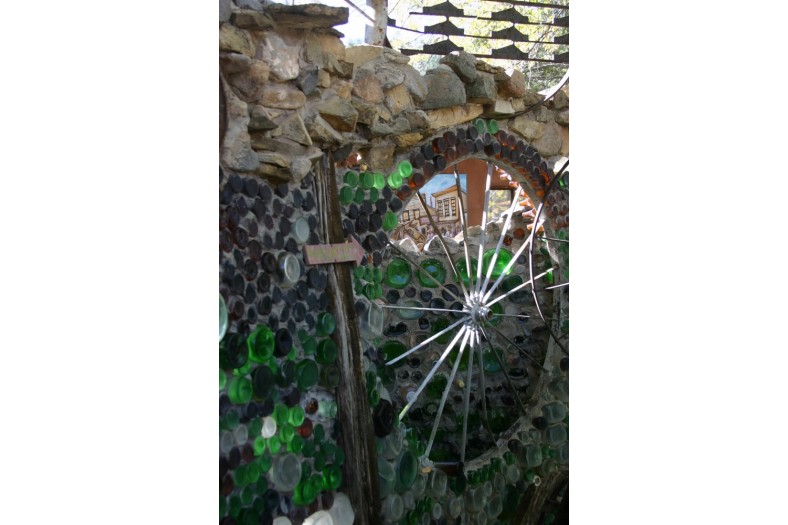
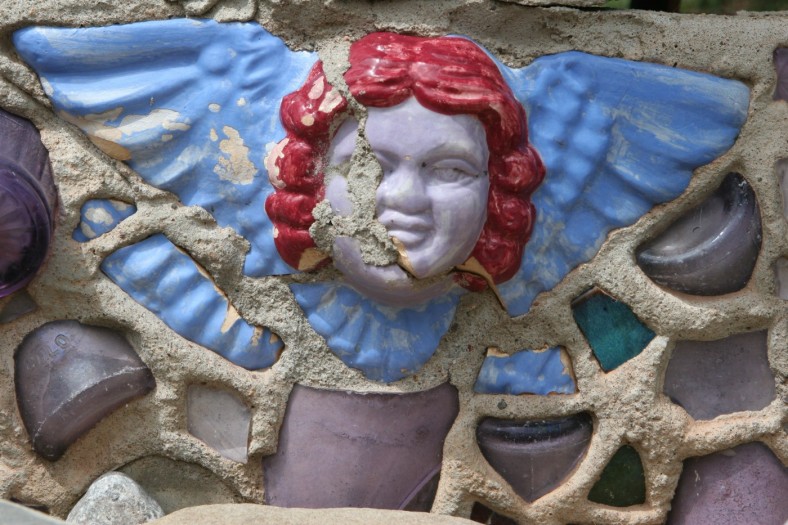
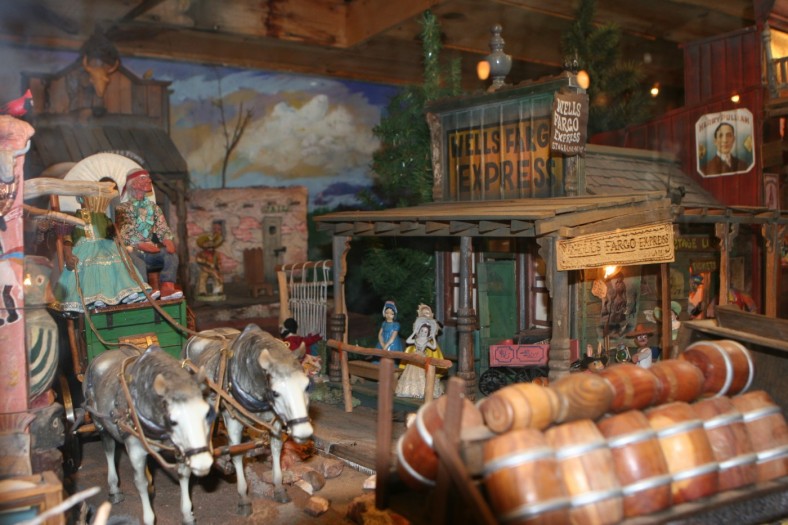

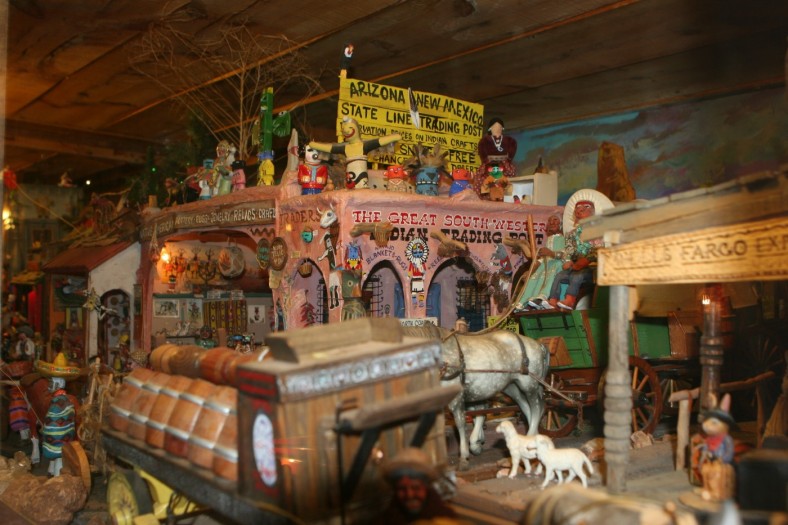
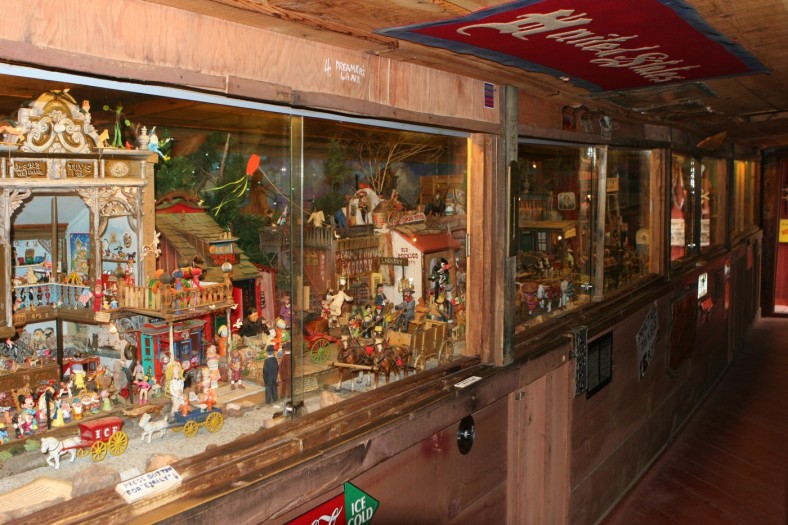
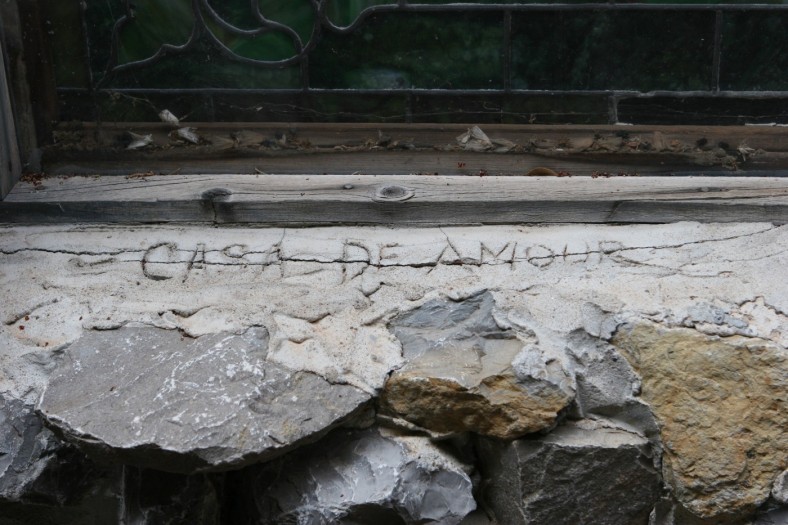
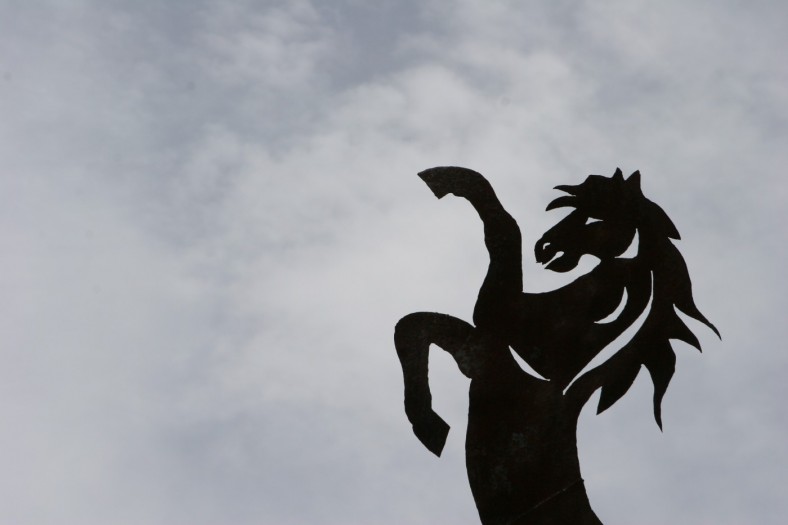
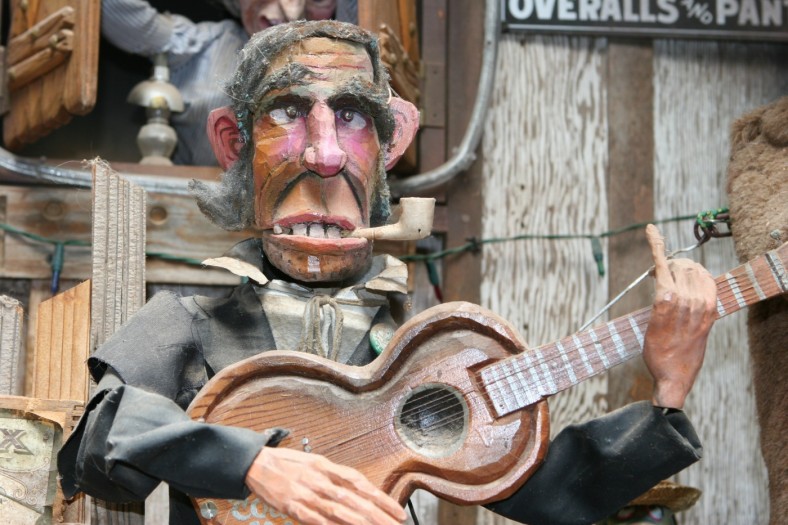
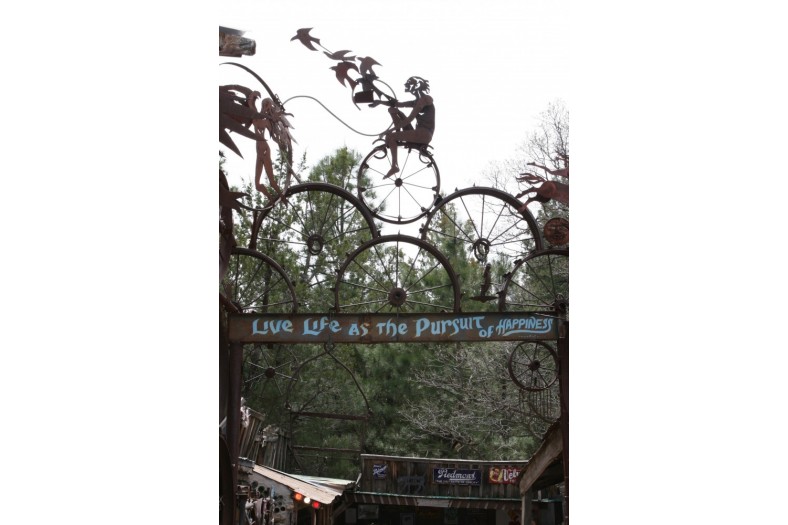
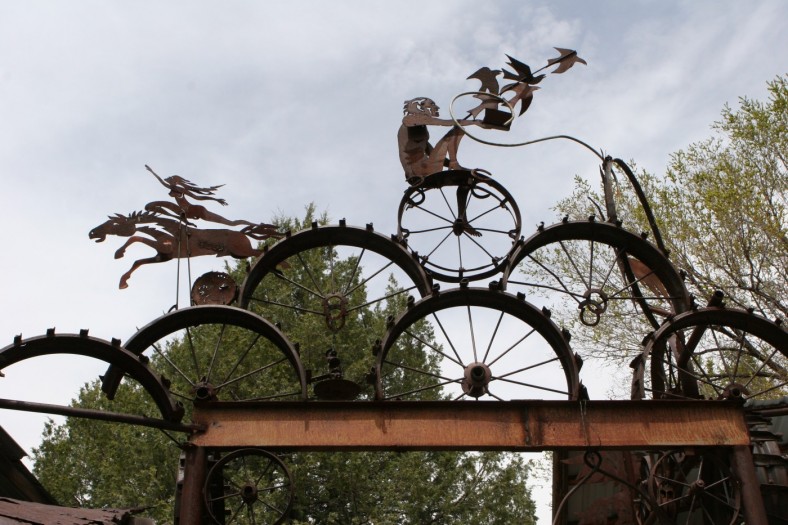
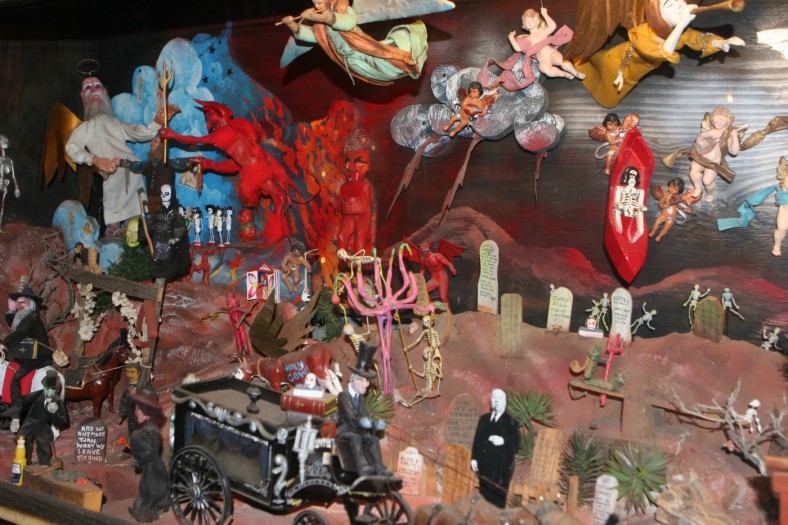
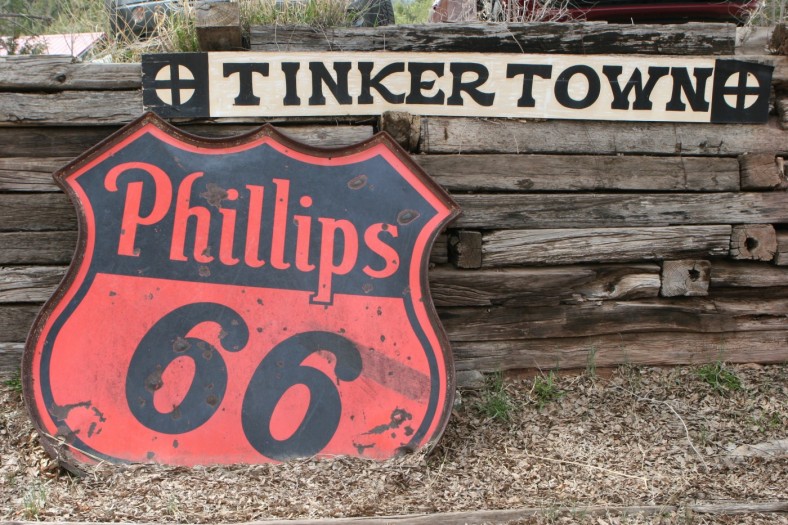
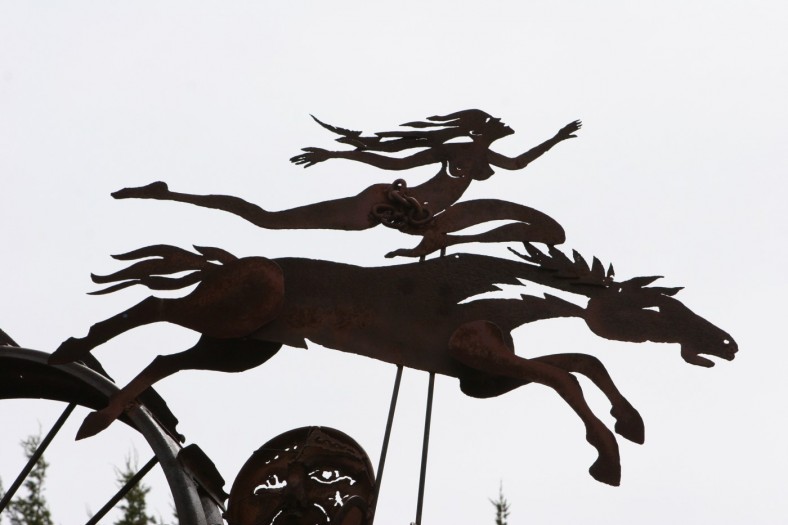
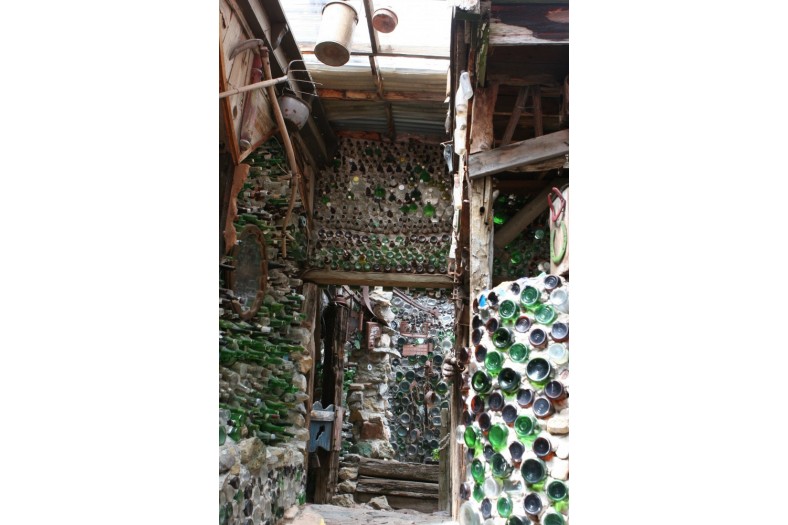
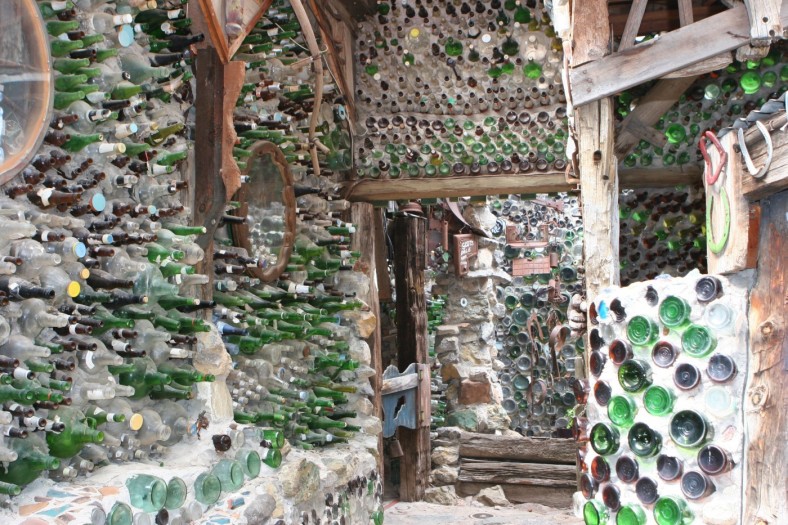
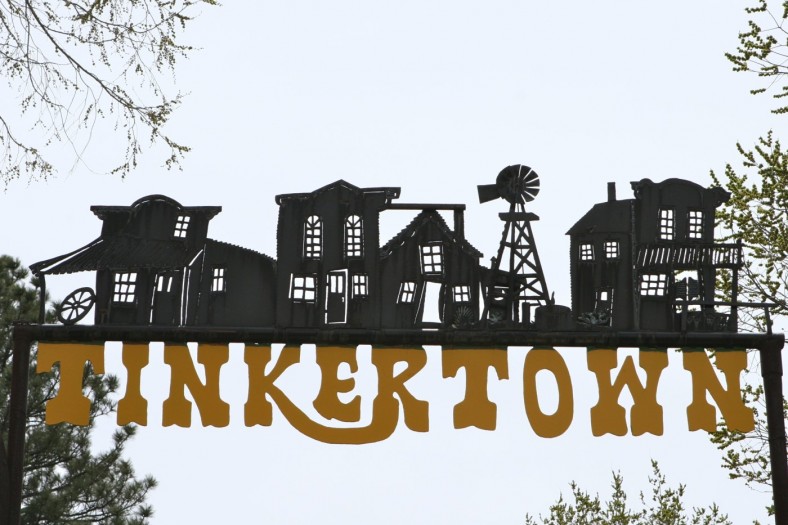
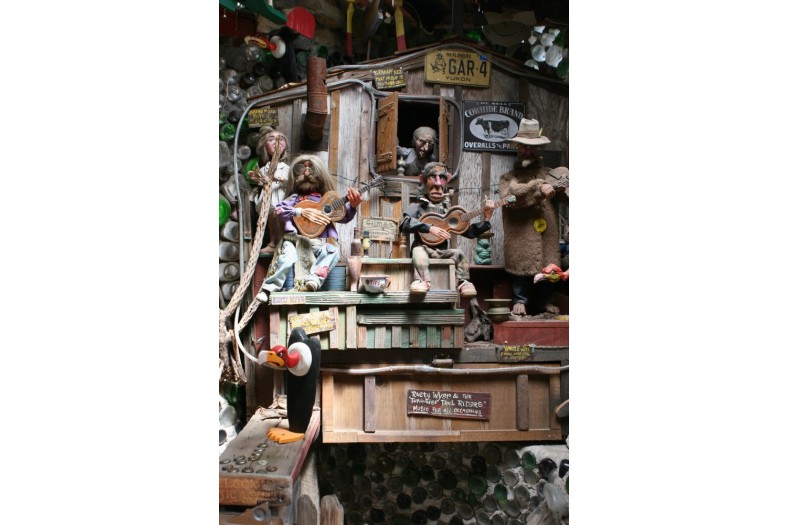
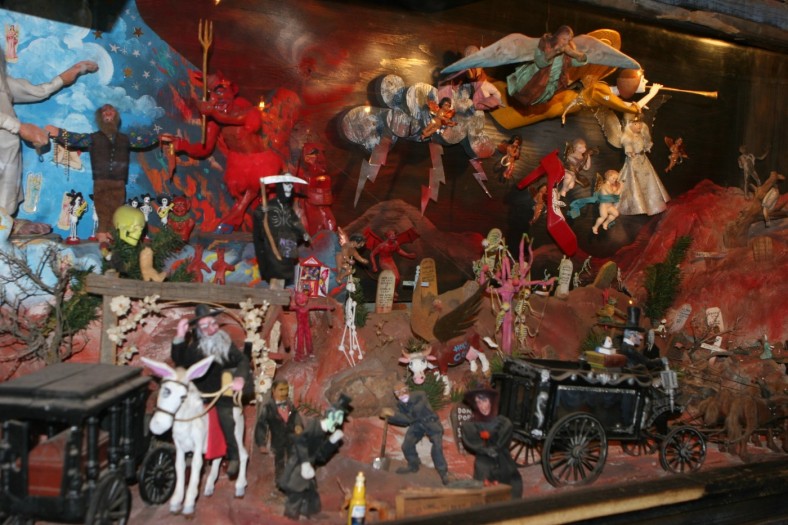
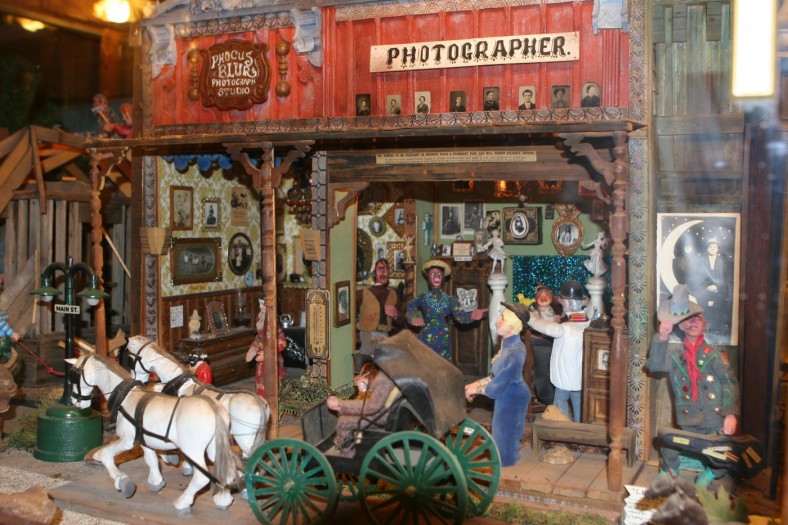
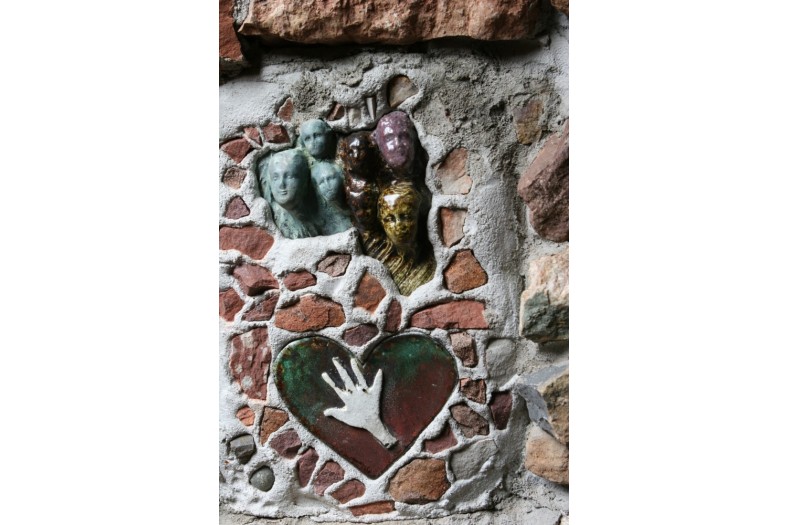
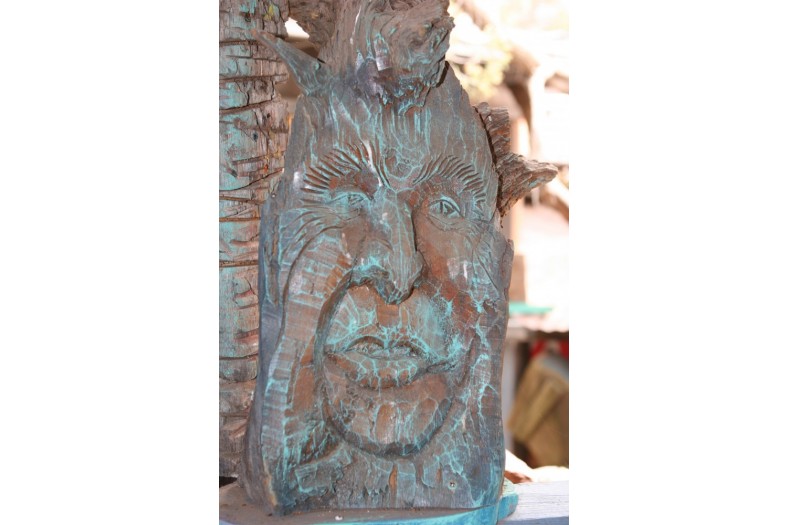
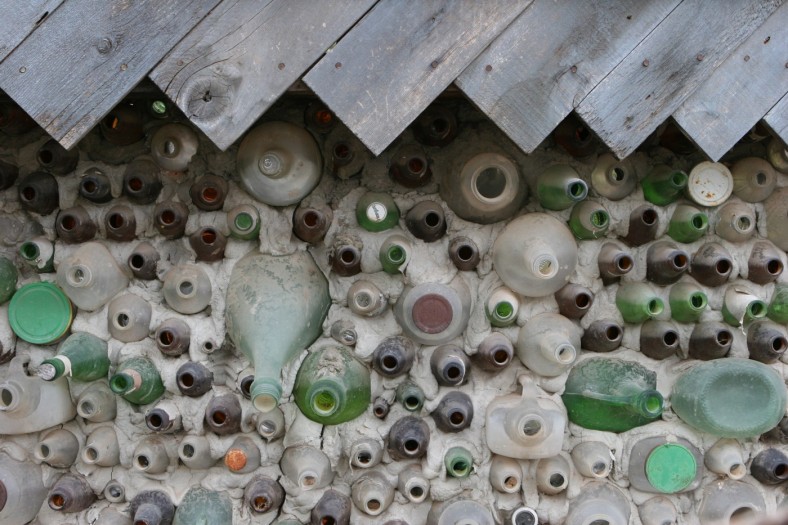
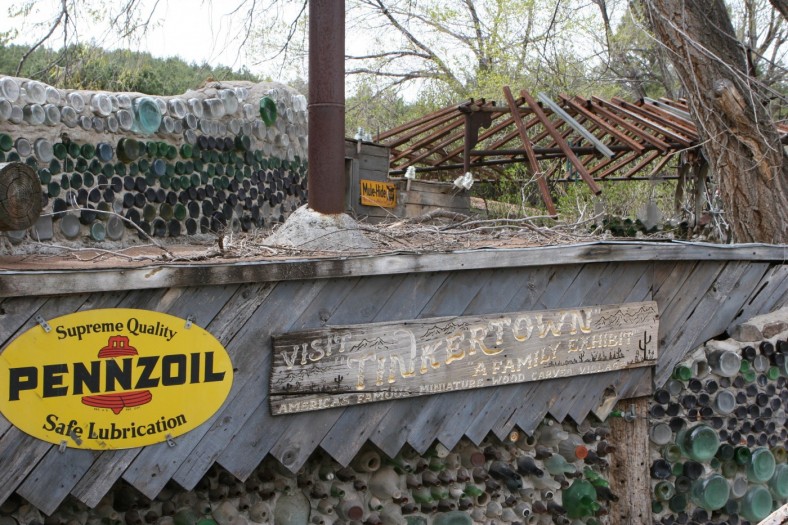
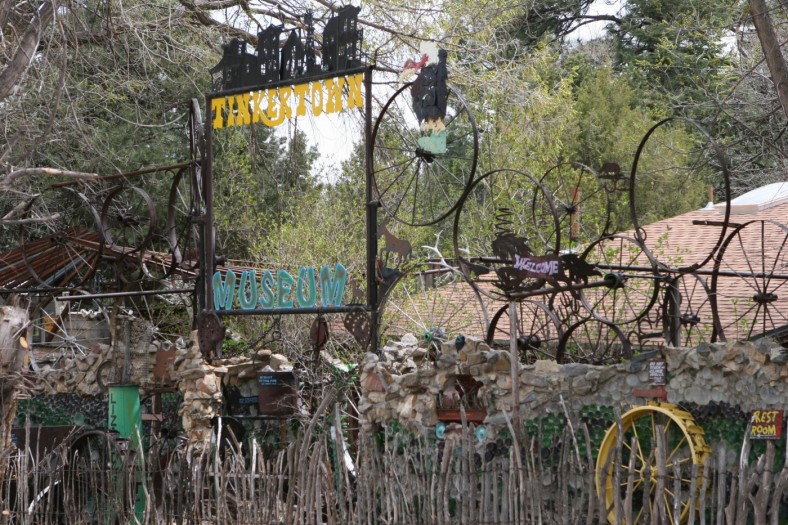
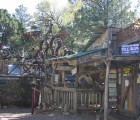
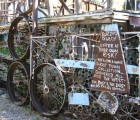
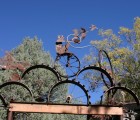
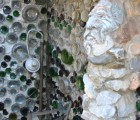
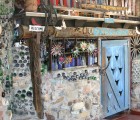
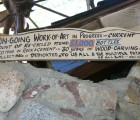
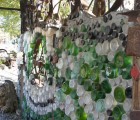
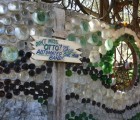
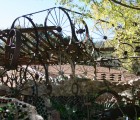
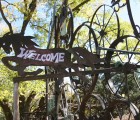
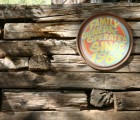
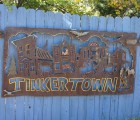
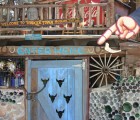
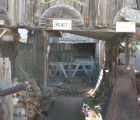
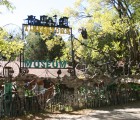
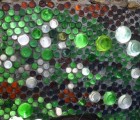
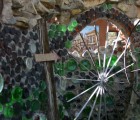
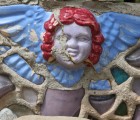
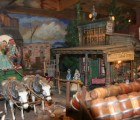
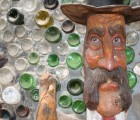
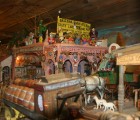
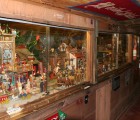
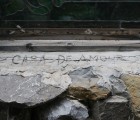

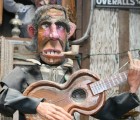
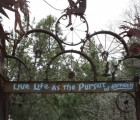
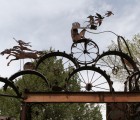
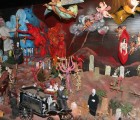
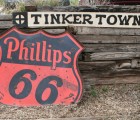
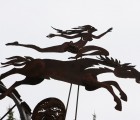
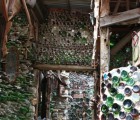
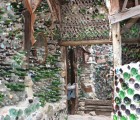
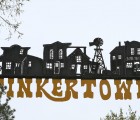
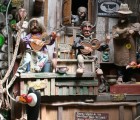
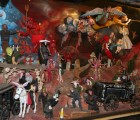
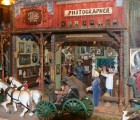
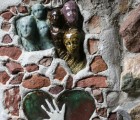
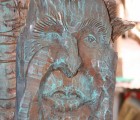
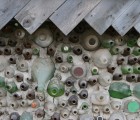
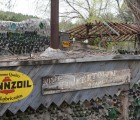
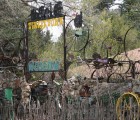
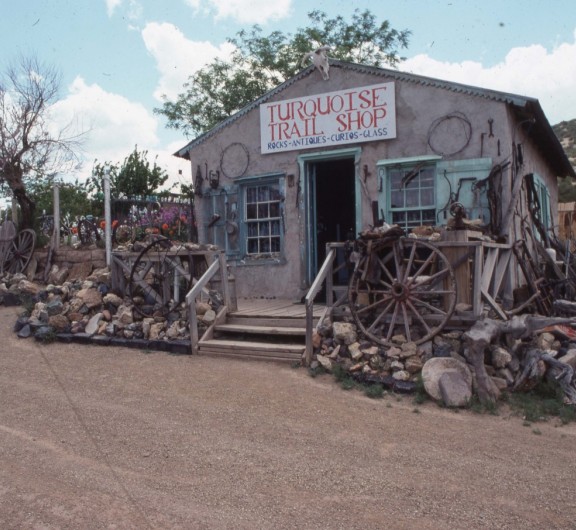
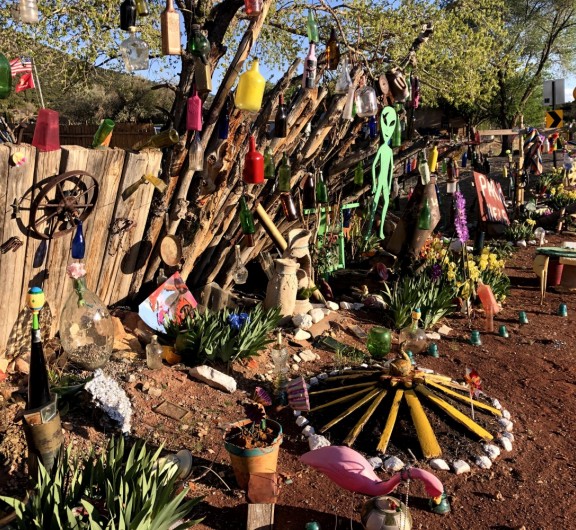

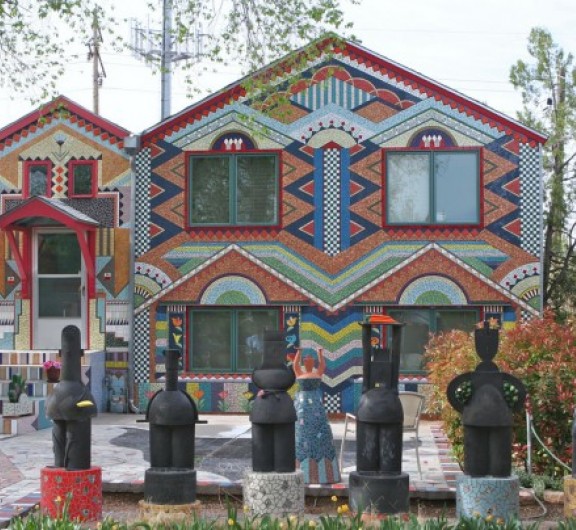

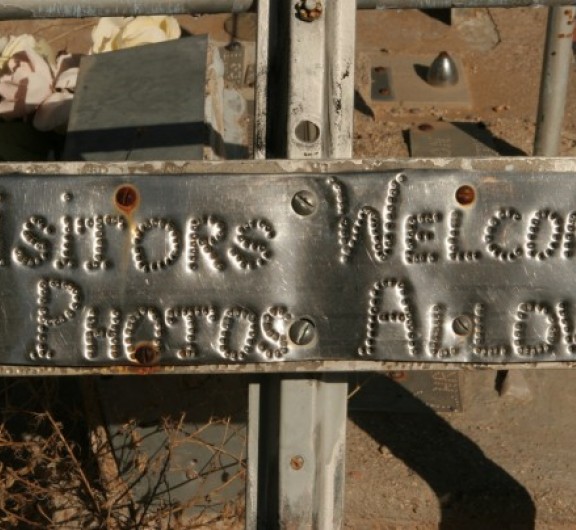

Post your comment
Comments
No one has commented on this page yet.